Humism watches: timekeeping meets kinetic art
The Week Portfolio talks to designer David Sze about how his intriguing brand ticks all the right boxes
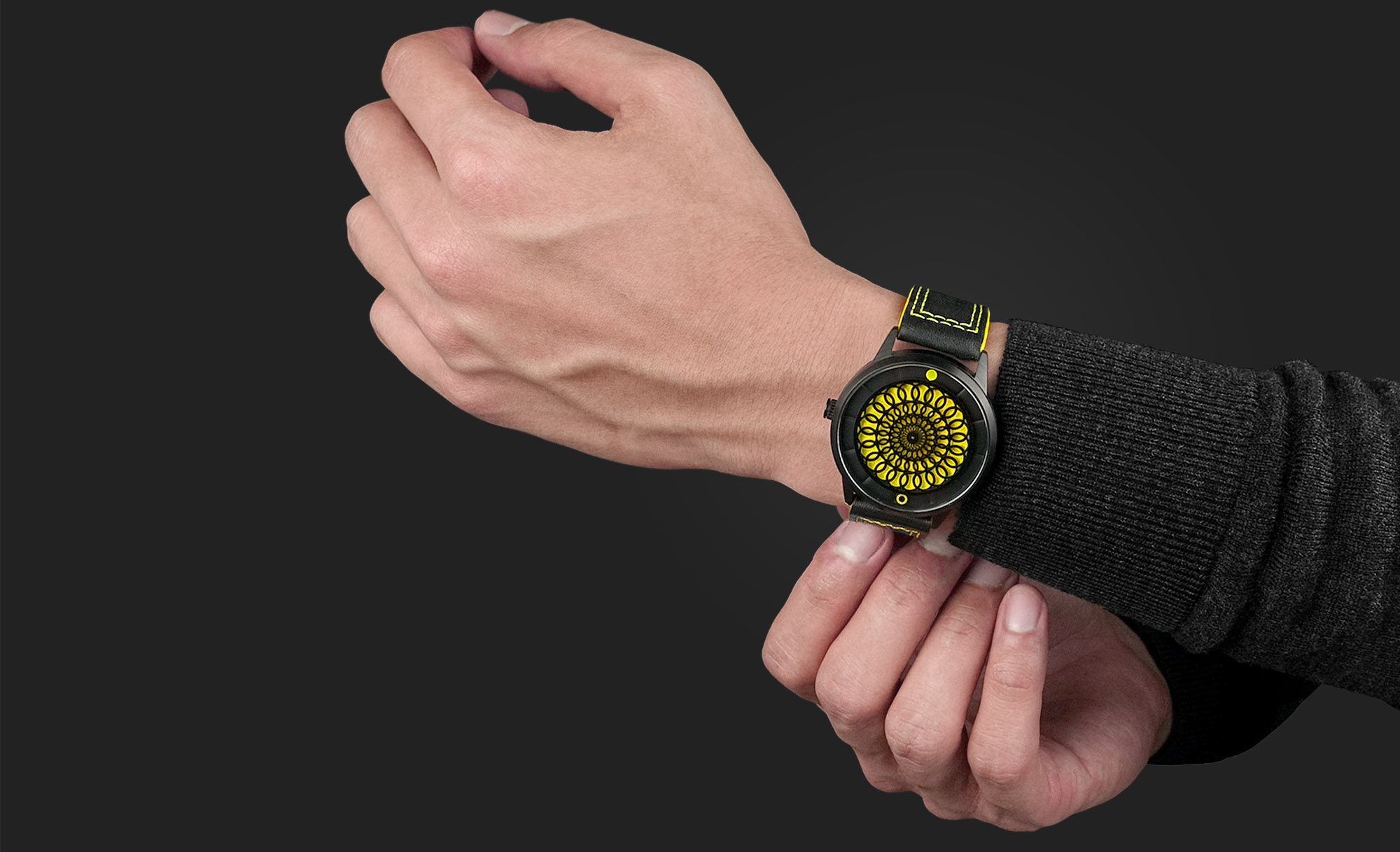
Crowdfunded watch start-ups are a dime a dozen these days, but every now and then a brand emerges with a totally new concept that captures collectors’ imaginations.
So it was when Singapore-based design studio Humism launched a range of kinetic watches that utilise an automatic movement in concert with two or three rotating discs to create a dynamic piece of artwork for our wrists.
Indeed, Humism smashed through its funding goals in just 30 minutes after launching its inaugural Kinetic Art watch collection, Philosophies, in February 2017.
The Week
Escape your echo chamber. Get the facts behind the news, plus analysis from multiple perspectives.

Sign up for The Week's Free Newsletters
From our morning news briefing to a weekly Good News Newsletter, get the best of The Week delivered directly to your inbox.
From our morning news briefing to a weekly Good News Newsletter, get the best of The Week delivered directly to your inbox.
With more designs and series now being perfected, The Week Portfolio caught up with brand founder David Sze to talk about his success and what the future holds.
.
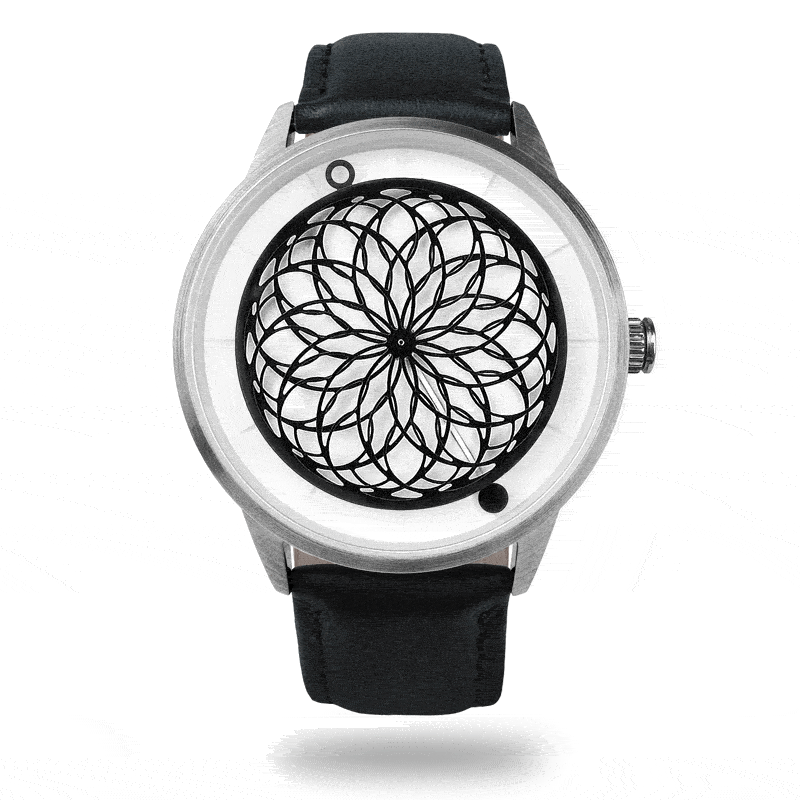
How did you come up with the core idea for Humism?
When I first decided to design watches, I came up with a whole bunch of designs that were pretty interesting in and of themselves. However, I still felt something was missing. I wanted a design that wasn’t just “cool”, but based on a concept that I’ve never seen before. This led me to go back to the fundamentals, to try to explore the watch’s potential as an arts canvas. The answer I came up with was: movement – a watch is basically a moving, kinetic sculpture on your wrist. I knew then that I wanted to use that movement to create visual art. It then took months of design research for me to actualise this initial idea. I drew a huge amount of inspiration from the Kinetic Art movement, when artists in the 1950s used movement in their pieces to create stunning visual art.
A free daily email with the biggest news stories of the day – and the best features from TheWeek.com
And then how did you set about turning that idea into a reality?
Realising my concept was a difficult process. Most manufacturers have never heard of watches that use discs before. Discs, compared to normal watch hands, are much heavier and have a larger surface area. They thus greatly increase the difficulty of the design. I talked to more than 20 watch manufacturers before settling on one that had the competency and professionalism to attempt such a complicated project. Even then, it took 15 months to get from the start of prototyping to the final product, around three times longer than more common designs. It took lots of experimentation (and failures), to make sure the final product is both durable and aesthetic.
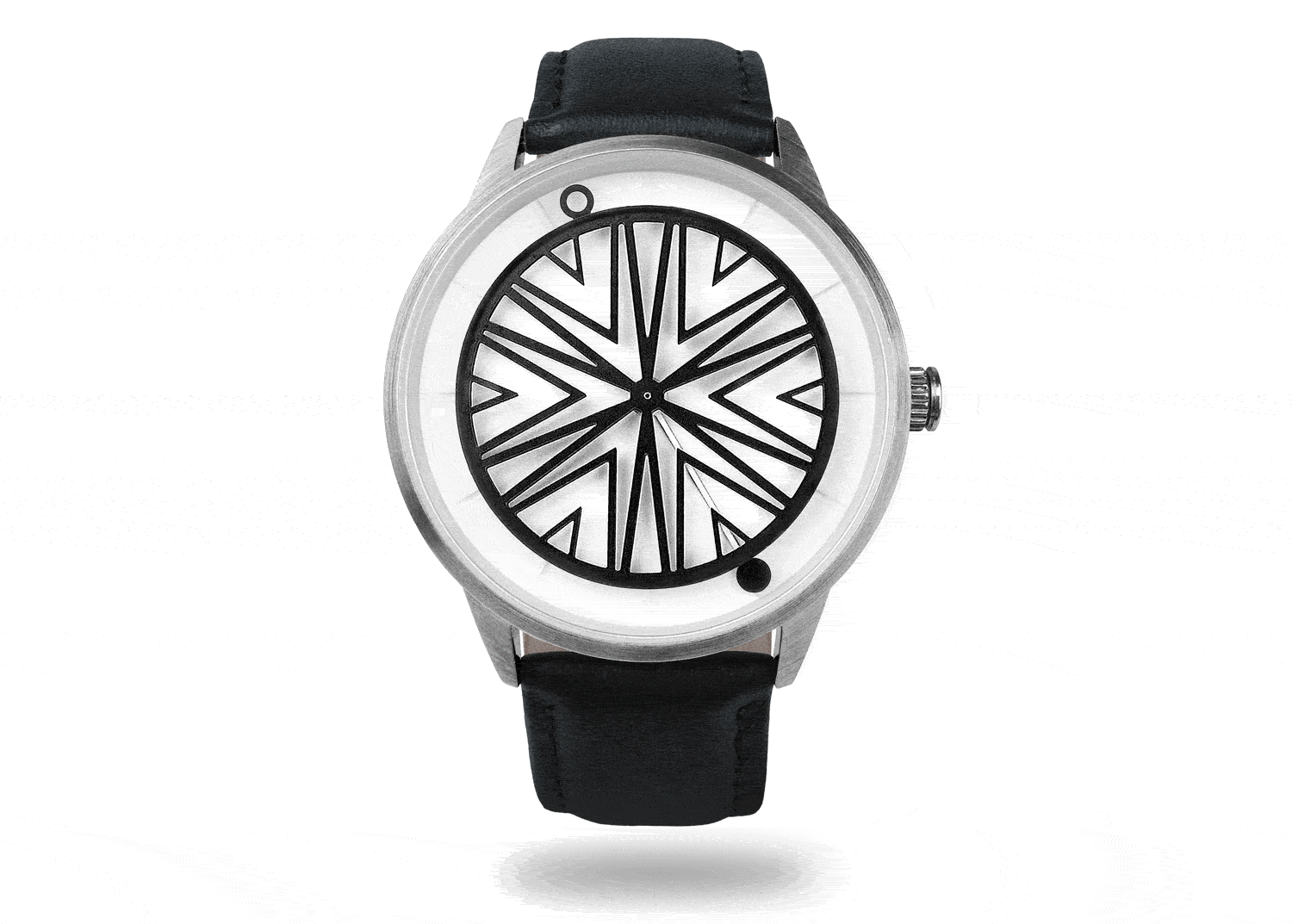
You have used Seiko calibres across your range. How important was it for you to have a good movement in your watches?
Really important! I knew from the start that we were going to need to use an automatic movement, as the sweeping second hand was crucial for the design. I looked for a movement that combined reliability, durability, and a price that won’t put the watch out of reach of most people. I was considering the Miyota 8215 for a while, before finding out that it had a stuttering seconds hand, which would have ruined the kinetic movement. Eventually, I decided to upgrade to the Seiko NH35, much lauded for its workhorse reliability. It hasn’t disappointed us yet!
What led you to turn to Kickstarter for funding?
As a newly founded design studio, Kickstarter allowed us immediate access to a huge pool of potential fans. People on Kickstarter also tend to be more open to creative and innovative designs that push boundaries, which I felt was the perfect fit for us. Kickstarter also gave us exposure to publications and press that won’t have discovered us otherwise – our initial campaign was featured by Yahoo, MSN, Monochrome, UNILAD, etc.
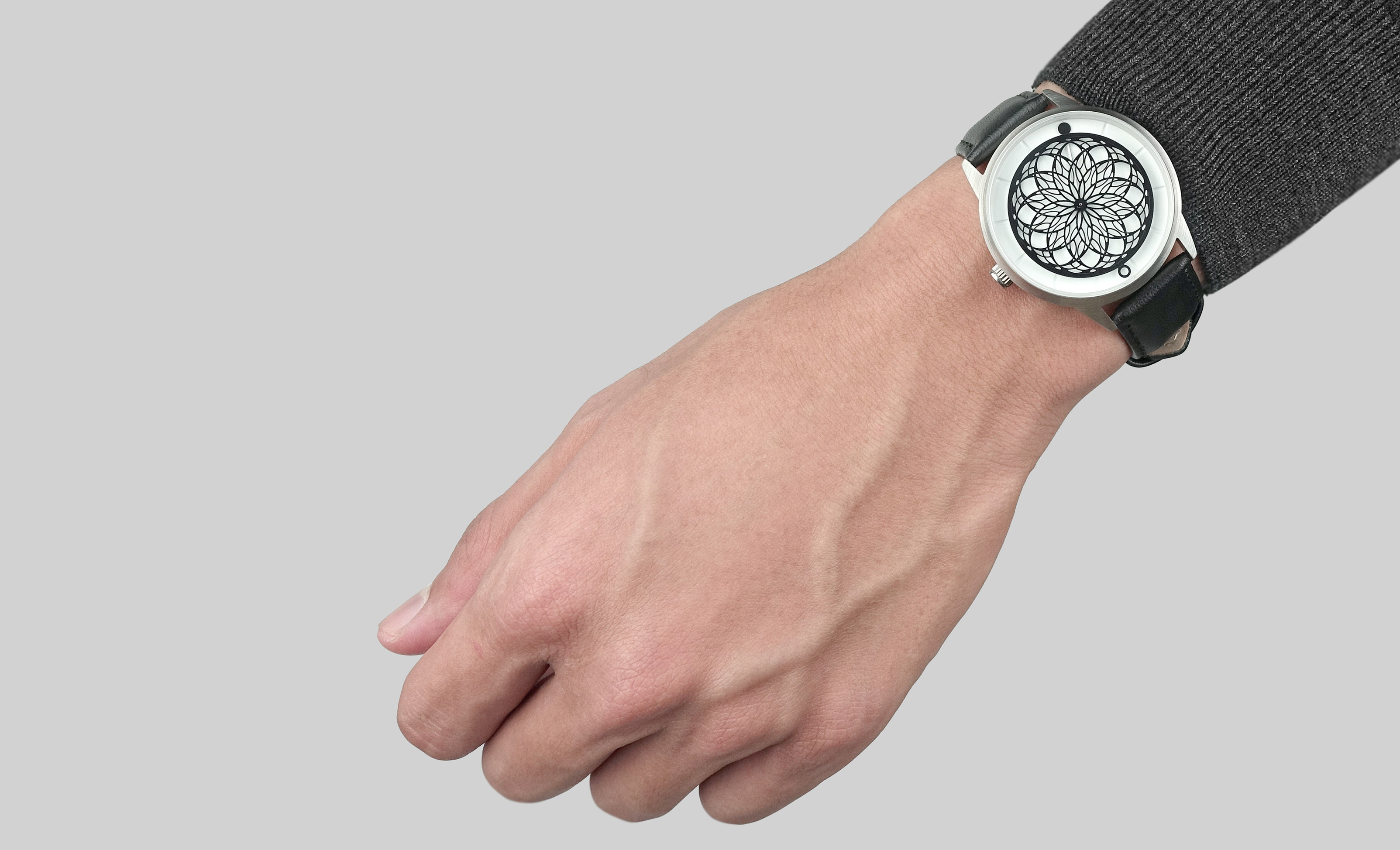
And what has the reaction been?
Absolutely fantastic, and more than I could have hoped for. I was completely overwhelmed by the enthusiasm of our backers throughout the course of the campaign. I would receive comments and emails everyday complimenting the unique designs, which really motivated me as a designer. The comments I felt the most striking were from people who have never worn a watch before, telling me that my designs made them want to wear a watch. Receiving comments like that would make my day.
And what have you done differently this time round?
In the past year since our last Kickstarter, we have been constantly tweaking different parts of our designs, based on the feedback of our first round of backers and our own extended testing. While the overall design seems quite similar on the surface, small changes such as increasing clearance, switching to a lasering process for the custom rotor, upgrading our discs’ material, even changing the structure of our box, have really increased the durability and refinement of the watches.
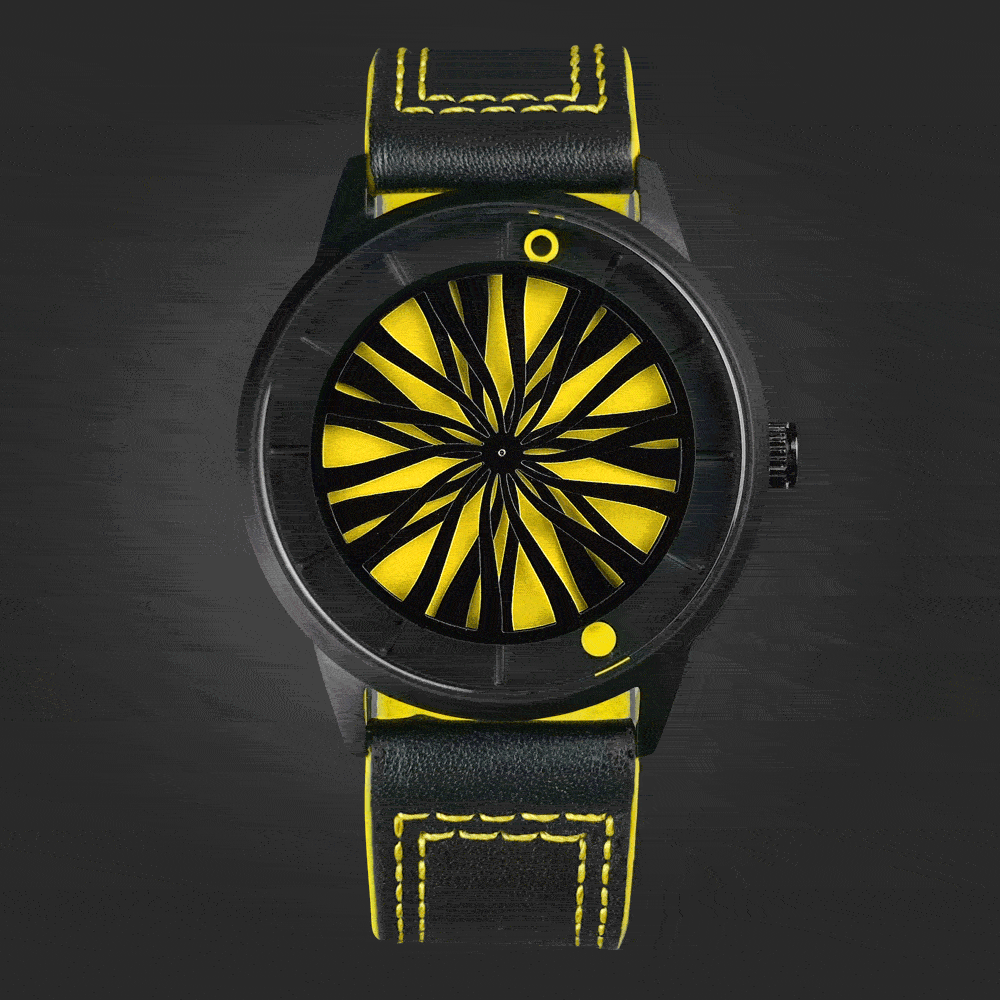
How did you get interested in watches in the first place?
To be honest, I am a designer first, and a watch fan second. As a designer, the watch holds a lot of potential as, with the proliferation of mobile phones, it has (almost) lost its “function” as a time-keeper. This allows us to get creative with it, opening up numerous possibilities for artistic expression. Further, the watch itself is a unique and challenging medium, as it combines 2D design, 3D design, and kinetic design. That combination of challenge and possibility fascinated me as a designer.
And which other new brands do you think are doing interesting things?
The two that leaps to mind is Mr. Jones with their playful, cartoonish art-on-the-dial, and Ziiiro, with their colourful minimalism. Both of these brands are also created by artists and designers, which imparts a fresh perspective on the medium.
For more information about Humism, visit humism.com
To back the brand's latest Kickstarter project, go to kickstarter.com/projects/humism
Arion McNicoll is a freelance writer at The Week Digital and was previously the UK website’s editor. He has also held senior editorial roles at CNN, The Times and The Sunday Times. Along with his writing work, he co-hosts “Today in History with The Retrospectors”, Rethink Audio’s flagship daily podcast, and is a regular panellist (and occasional stand-in host) on “The Week Unwrapped”. He is also a judge for The Publisher Podcast Awards.
-
 7 bars with comforting cocktails and great hospitality
7 bars with comforting cocktails and great hospitalitythe week recommends Winter is a fine time for going out and drinking up
-
 7 recipes that meet you wherever you are during winter
7 recipes that meet you wherever you are during winterthe week recommends Low-key January and decadent holiday eating are all accounted for
-
 Nine best TV shows of the year
Nine best TV shows of the yearThe Week Recommends From Adolescence to Amandaland